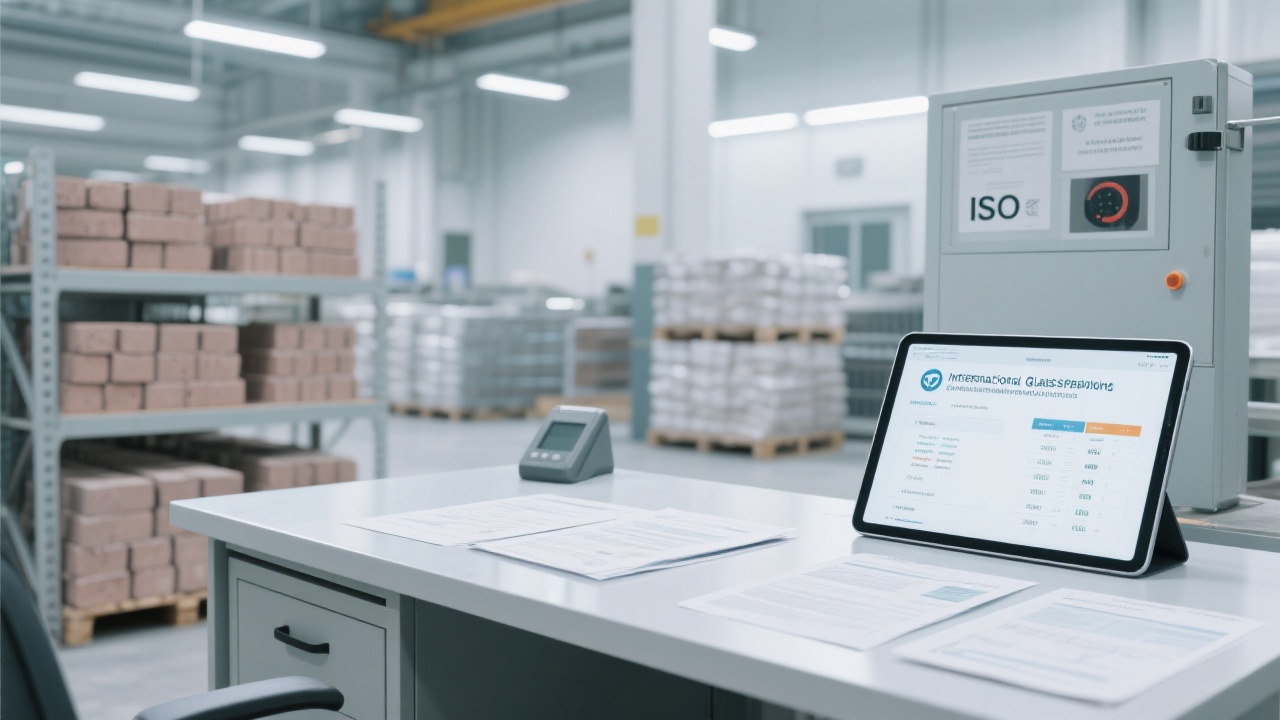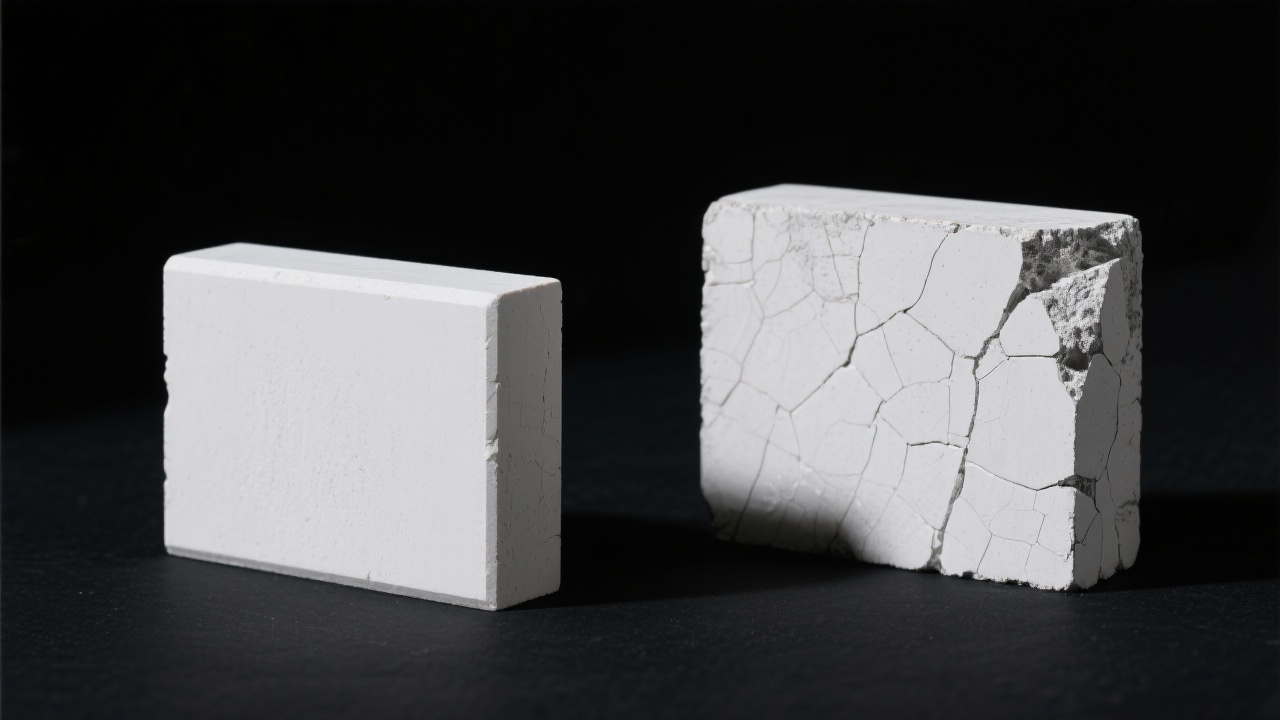
In the steel smelting industry, refractory bricks play a crucial role in the high - temperature working environment of steel furnaces. However, these bricks face significant challenges due to the extreme temperature changes during the smelting process. Traditional high - alumina bricks often fail under such conditions, leading to increased risks of furnace shutdowns and higher operational costs.
The rapid temperature changes in steel furnaces have a destructive impact on the stability of the furnace lining structure. When the temperature fluctuates rapidly, the internal stress within the refractory bricks changes drastically. This can cause cracks, spalling, and other forms of damage to the furnace lining, ultimately reducing its service life and threatening the normal operation of the furnace.
Let's take a detailed look at the performance comparison between andalusite refractory bricks and high - alumina bricks. We'll focus on several key performance indicators, including cold crushing strength, refractoriness under load, creep resistance, and thermal shock resistance.

In terms of cold crushing strength, andalusite refractory bricks generally have a higher value. Cold crushing strength is an important indicator of a refractory brick's ability to withstand pressure at room temperature. A higher cold crushing strength means that the brick can better resist external mechanical forces during installation and normal operation, reducing the risk of damage.
The refractoriness under load is another critical factor. This refers to the temperature at which a refractory material begins to deform under a certain load. Andalusite refractory bricks have a higher refractoriness under load compared to high - alumina bricks. In the high - temperature environment of steel furnaces, a higher refractoriness under load allows the bricks to maintain their shape and structure better, preventing premature softening and deformation, which is crucial for the long - term stability of the furnace lining.
Creep resistance is also a significant performance aspect. Creep is the slow deformation of a material under a constant load at high temperatures. Andalusite refractory bricks show better creep resistance, which means they can maintain their original shape and size more effectively over time under high - temperature and high - load conditions, ensuring the long - term stability of the furnace lining structure.
One of the most outstanding features of andalusite refractory bricks is their excellent thermal shock resistance. In steel furnaces, the temperature can change rapidly during the smelting process. Traditional high - alumina bricks are prone to cracking and spalling due to poor thermal shock resistance. In contrast, andalusite refractory bricks can withstand these rapid temperature changes without significant damage. Real - world tests have shown that andalusite refractory bricks can increase the service life of the furnace lining by more than 40% compared to high - alumina bricks.
Let's consider some typical scenarios in the steel industry, such as converters and electric furnaces. In a converter, the rapid oxidation and reduction reactions during the steel - making process cause rapid temperature changes. The excellent thermal shock resistance of andalusite refractory bricks can effectively prevent the cracking and spalling of the furnace lining, reducing the frequency of furnace repairs and shutdowns. In an electric furnace, the high - temperature arc and the continuous melting and solidification of the steel also pose high - temperature challenges. The high refractoriness under load and creep resistance of andalusite refractory bricks ensure the long - term stability of the furnace lining in this environment.
The manufacturing process of andalusite refractory bricks also plays a vital role in improving their overall performance. Through precise control of raw material ratios and microstructure regulation, manufacturers can optimize the physical and chemical properties of the bricks. For example, by carefully selecting raw materials and adjusting the particle size distribution, the internal structure of the bricks can be made more uniform, which enhances their overall stability.

To further illustrate the value of andalusite refractory bricks, let's look at some real - world case studies. A large - scale steel plant replaced its traditional high - alumina bricks with andalusite refractory bricks in its electric furnace. After the replacement, the service life of the furnace lining increased from an average of 6 months to more than 8.5 months, an increase of over 40%. At the same time, the number of furnace shutdowns for maintenance decreased significantly, reducing both maintenance costs and production losses.
In summary, for steel enterprises, choosing andalusite refractory bricks as a replacement for high - alumina bricks can bring many benefits. These bricks can optimize furnace efficiency, reduce the risk of furnace shutdowns, and lower overall operating costs. The excellent performance of andalusite refractory bricks in various aspects, combined with the optimization of the manufacturing process, provides a reliable solution for the long - term stable operation of steel furnaces. If you're a steel enterprise looking to improve the efficiency and safety of your steel - making process, consider switching to andalusite refractory bricks. Click here to learn more about how andalusite refractory bricks can benefit your business.


